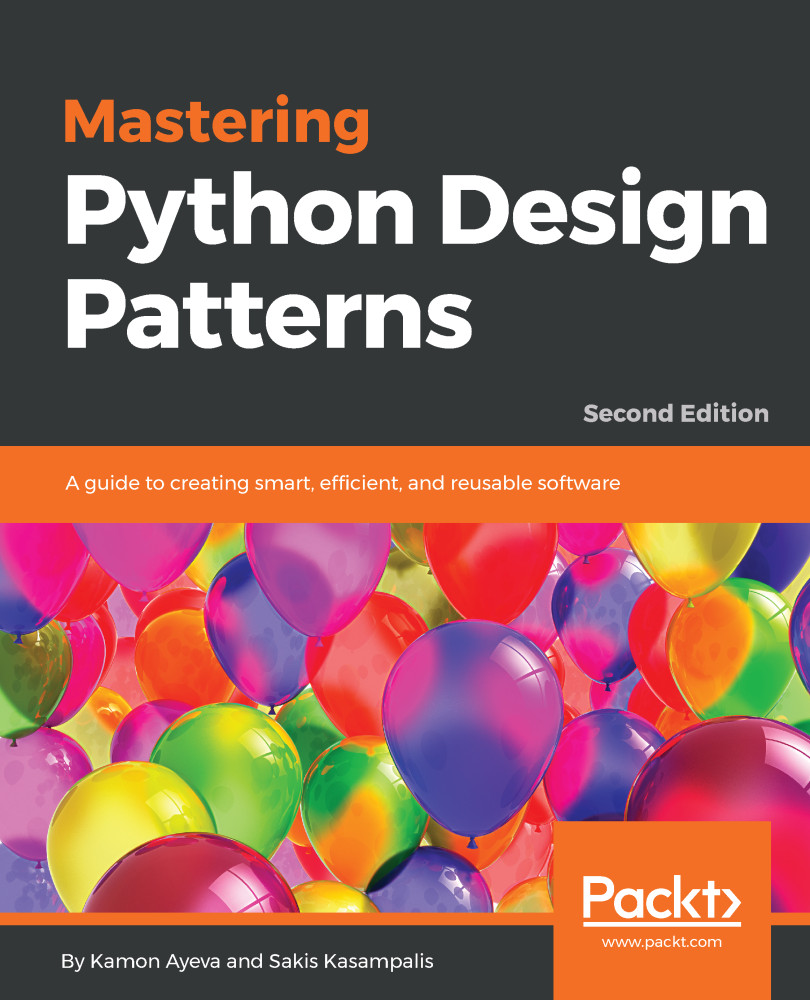In the previous chapters, we have covered creational patterns, object-oriented programming patterns that help us with object creation procedures. The next category of patterns we want to present is structural design patterns.
A structural design pattern proposes a way of composing objects for creating new functionality. The first of these patterns we will cover is the adapter pattern.
The adapter pattern is a structural design pattern that helps us make two incompatible interfaces compatible. What does that really mean? If we have an old component and we want to use it in a new system, or a new component that we want to use in an old system, the two can rarely communicate without requiring any code changes. But, changing the code is not always possible, either because we don't have access to it, or because it is impractical. In such cases, we can write...



